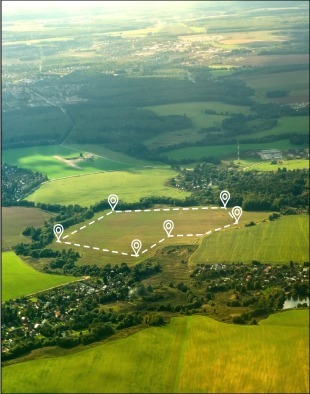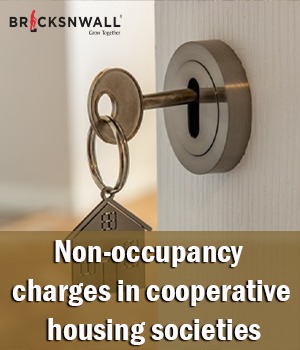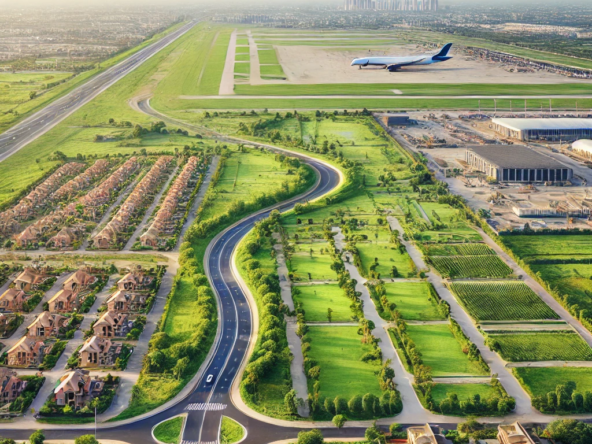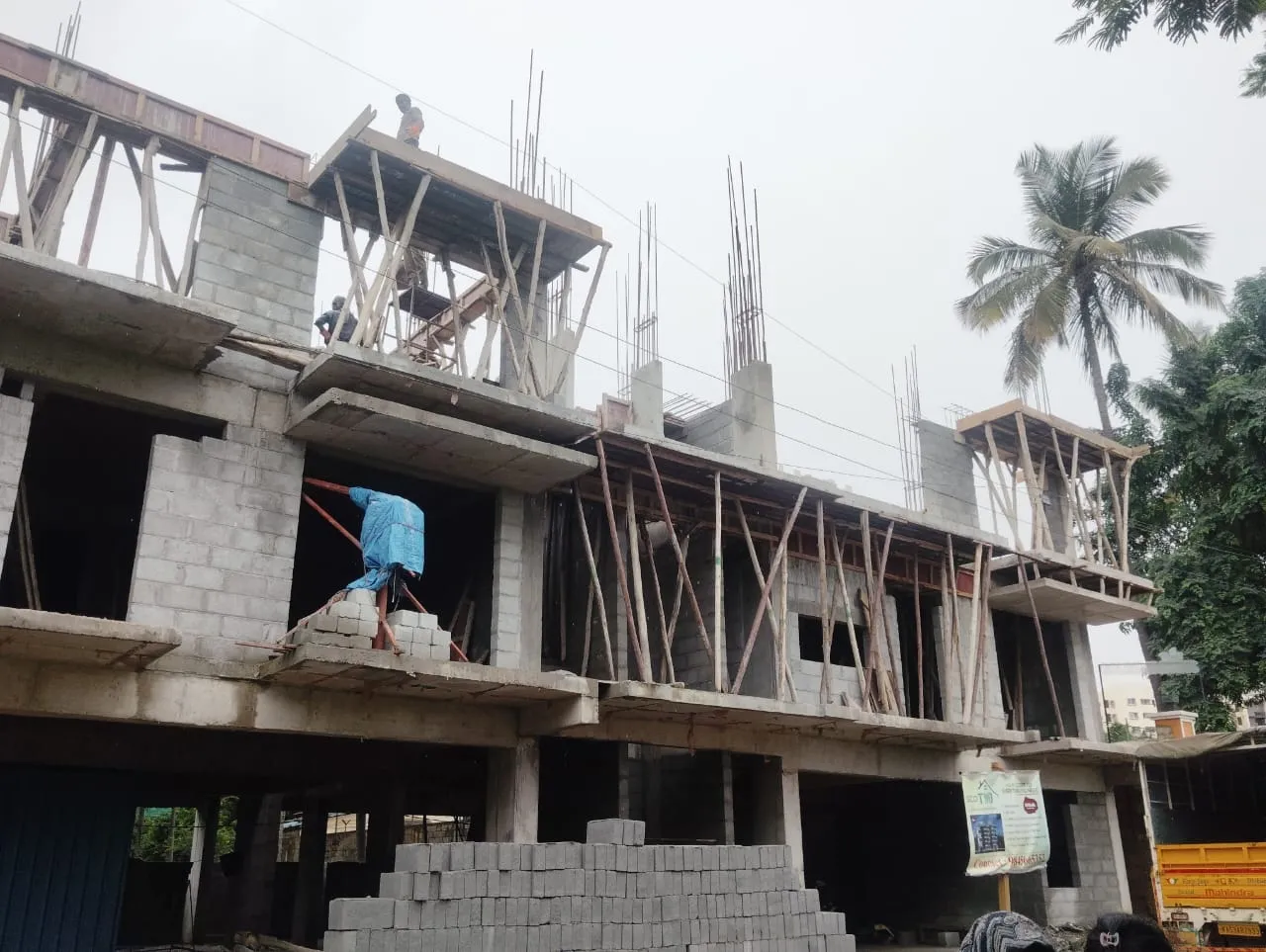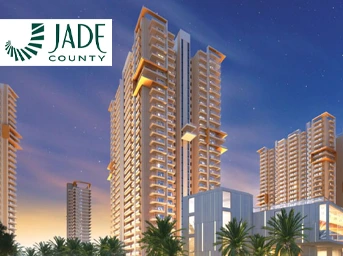Which is better: living in Gram Panchayat regions or municipal locations?
By Bricksnwall | 2024-07-21
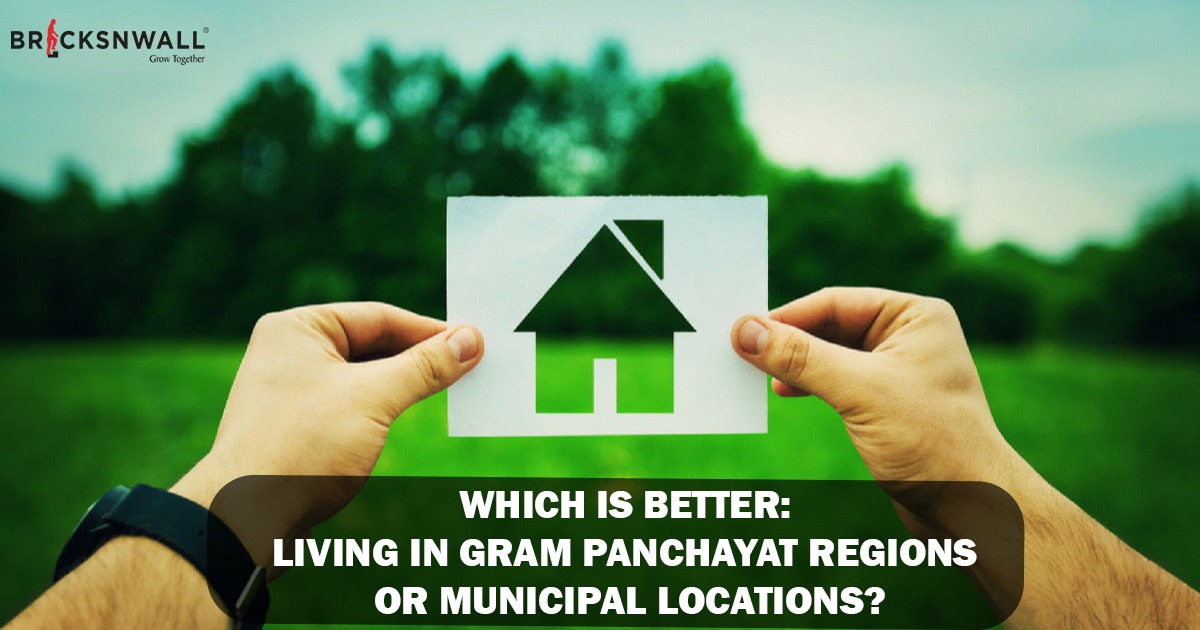
When deciding where to live or start a business, it
is critical to grasp the distinctions between Gram Panchayat regions and
municipalities. Both offer distinct advantages and disadvantages that can have
a big impact on your lifestyle, business operations, and overall pleasure. This
essay will go over the benefits and drawbacks of both Gram Panchayat regions
and municipal sites to help you make an informed selection.
Understanding Gram Panchayat Areas
A Gram Panchayat is a village-based institution
that governs itself. It follows the Panchayati Raj system, which is common in
rural India. Gram Panchayats are in charge of administering tiny villages and
neighboring rural areas.
Advantages of Gram Panchayat regions
Gram Panchayat regions typically have reduced costs
of living, including housing, food, and daily expenses, compared to
metropolitan areas.
Closer to nature: These places
have a cleaner atmosphere with less pollution and more green spaces, making
them suitable for individuals seeking a quieter, nature-focused lifestyle.
Villages typically have strong communal
relationships, with neighbors knowing each other and a sense of shared
responsibility and support.
Gram Panchayat areas typically have cheaper local
taxes, including property taxes.
Cons of Gram Panchayat Areas
Limited infrastructure:
Basic utilities such as roads, water supply, power,
and healthcare services may be less developed or reliable than in
municipalities.
Fewer employment opportunities:
Job prospects are often few, with many locals reliant on agriculture or small businesses.
Educational Facilities:
Quality educational institutions may be sparse,
necessitating travel to nearby towns for greater schooling opportunities.
Reduced Regulatory Oversight: While this may benefit some, it can also result in illegal construction and poor public services.
Understanding Municipal Limit Locations
Municipal limit sites are those regulated by urban
local organisations like Municipal Corporations or Municipal Councils. These
organisations are responsible for delivering and maintaining urban
infrastructure and services.
Advantages of municipal limit locations
Municipal areas typically have improved infrastructure, such as paved roads, reliable water and energy supply, sewage systems, and public transportation.
More employment opportunities:
Cities and towns provide a diverse range of career
opportunities in IT, manufacturing, retail, and services.
Educational and healthcare facilities:
Urban locations have better access to quality
educational and healthcare institutions, including hospitals and colleges.
Regulated development:
Municipalities impose strict building codes and regulations to promote planned and sustainable growth.
Cons of Municipal Limit Locations
Urban locations have much higher costs of life,
including housing, electricity, and food.
Pollution, traffic congestion, and overcrowding are
common challenges in urban areas.
Fast-paced metropolitan lifestyles may result in
less communal bonding compared to villages.
Urban regions typically have higher taxes, including property and municipal taxes.
Your priorities and lifestyle preferences will determine whether you choose a Gram Panchayat region or a municipal limit site. If you value a low cost of living, a close-knit community, and a serene atmosphere, a Gram Panchayat region may be right for you. However, if you want better infrastructure, more career possibilities, and access to superior education and healthcare, residing within city boundaries would be preferable. Understanding the benefits and drawbacks will allow you to make an informed selection that meets your needs and goals.
FAQ
What are the primary distinctions between Gram Panchayat areas and municipal boundary locations?
Gram Panchayat areas are managed by local village councils and are known for their low living costs, close-knit communities, and natural environment. However, they may lack developed infrastructure and employment prospects. Municipal limits are administered by urban local governments, which provide superior infrastructure, more job possibilities, and access to quality education and healthcare, but they also have higher living costs and challenges such as pollution and congestion.
What are the benefits of living in a Gram Panchayat area?
Living in a Gram Panchayat region has various benefits, including lower living costs, a better environment, stronger community relationships, and fewer local taxes. These regions are great for people wanting a tranquil, nature-focused existence away from the rush and bustle of cities.
What are the downsides of residing in a municipality's limits?
Municipal limits, despite providing superior infrastructure and services, result in increased living costs, pollution, traffic congestion, and less community bonding. Some city dwellers may experience feelings of loneliness as a result of their fast-paced lifestyle.
How do educational and healthcare facilities compare in Gram Panchayat areas and municipal limits?
Because of their highly developed infrastructure
and resources, municipalities have better access to quality educational
institutions and healthcare services. In contrast, Gram Panchayat areas may
have limited options, forcing residents to commute to surrounding towns for
greater services.

